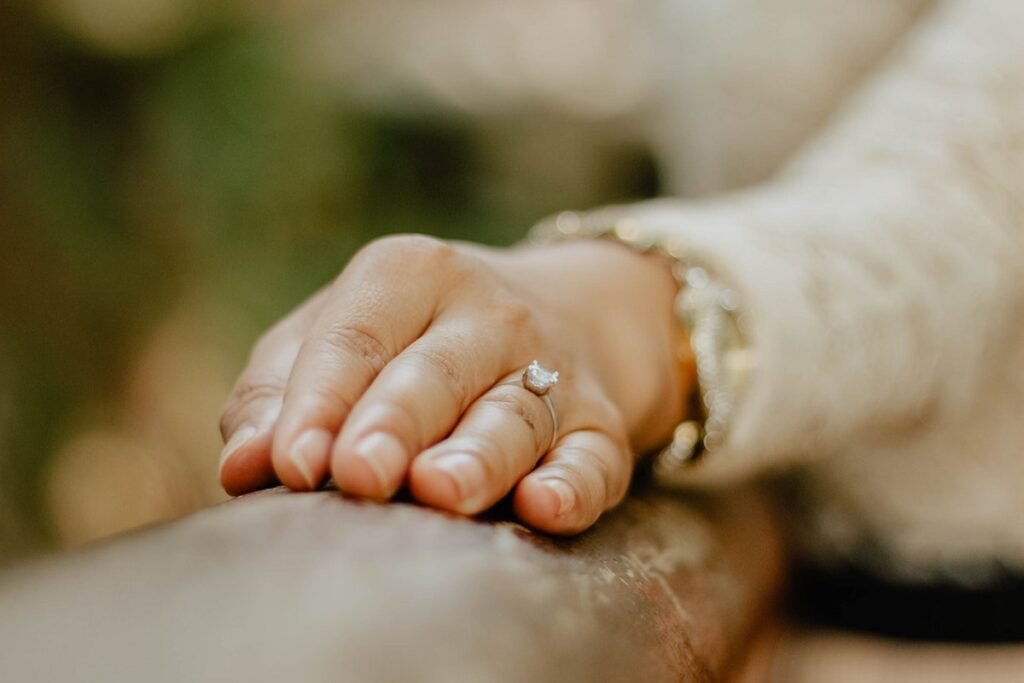Some people believe that size is not the end-all for anything–including diamonds. To an extent, this holds a lot of truth. It’s not just the size of the bling, but what it means to one who wears the ring.
That said, it doesn’t hurt to know the meaning of diamond carat weight, and what it says about your favorite diamond ring. Whether it’s an heirloom, a meaningful relationship ring, or a favorite fine jewelry to complete your everyday outfit, knowing the diamond industry’s jargon gives you an idea how your favorite piece fares.
What Diamond Carat Means
As far as measurements go, carat weight remains the standard for knowing the most basic aspect of your diamond. By definition, the term “carat” pertains to the measurement value of the diamond’s weight.
Every carat of a diamond amounts to 200 milligrams in weight. The higher the carat, the heavier and bigger the stone should be. However, it’s not that simple either. The appearance of the diamond may be one of the many factors that can affect how it looks overall. Let’s look at how carat weight affects a diamond’s value.
Is Diamond Weight and Carat the Same?
Before looking at the actual numbers, you may first want to be acquainted with the language. The two terms, diamond weight and carat, are considered synonymous. This means that, in talking about the diamond’s weight, the carat serves as the figure that defines the weight.
If your jeweler ever mentions terms like “twenty-five pointer” when referring to the diamond size, he or she may likely be referring to a size that is less than one carat.
For diamonds that go beyond the one-carat mark, jewelers may use decimals in describing the weight. Thus, a 1.5-carat diamond would be described as a “one point five carat” diamond.
How Much Does 1 Carat Diamond Weigh?
It’s easy to assume that the smallest possible carat weight would be one. However, a good but small size for a diamond begins at 0.02 carat, or 1.77 mm in size. Thus, a single carat diamond can actually be quite a stunning stone, as it clocks in at around 6.4 mm.
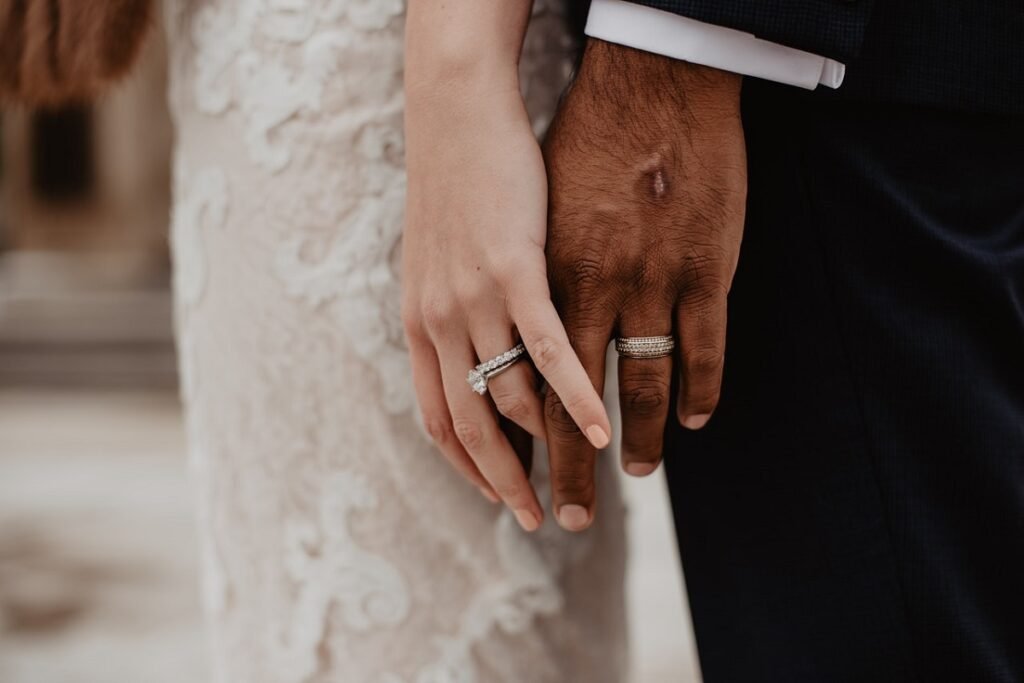
As an engagement ring, a 1-carat diamond can already be a sizable stone, with the proper cut and setting. Some experts may even say that one carat is a good benchmark when shopping for engagement rings, such as the one in this Brilliant Earth review.
You may think that one carat may be too small, given what’s reported on celebrities’ ring fingers. Of course, you have to remember that the buying power of celebrities is of a far higher range than most couples. Remember, size is just one factor in choosing. But if you want a diamond carat weight that is hefty enough to be noticed on your finger without being too much of an attention-grabber, this may be a good starting point.
What is a Good Carat Weight for a Diamond?
That said, the next question that engagement ring shoppers may ask is what is the actual good carat weight to get. There’s no hard or fast rule when it comes to this.
Apart from the benchmark of a reasonable size, it can be up to the person’s preference. Some future brides prefer smaller stones, while offsetting it with a unique setting. Others prefer bigger gemstones, but not the traditional clear diamond. There are those who may also prefer specific cuts, which can affect how big or small the stone will look.
Another aspect to consider would be your budget. Whether you’re buying for your lady love or if you and your partner are considering a good overall budget, it’s crucial to have this at the very start. After all, you don’t check out a diamond with a specific carat weight in mind.
You may start with a cut you want, then balance it with the most appropriate setting. Then you put that beside the budget you’re working with. So instead of asking, “What is a good diamond weight?” you may want to ask, “What kind of fine jewelry fits my personal style?” Don’t forget, your engagement ring is one of the more permanent additions to your jewelry box, so make it count!
How Do the 4Cs Affect Carat Weight?
Many jeweler enthusiasts understand that the 4Cs of a diamond highly affect its overall value. It’s about finding the best balance of these four characteristics, so that you get the best value for the best price.
The four Cs include cut, color, clarity, and carat. This shows that carat is just one of the considerations you deal with. Of the four, the cut seems to be quite important for those who want the most premium look. Essentially, two round cut diamonds, like the one used in this Ritani review, can look very different even if they have very similar color, clarity, and even carat weight, so long as they have very different cuts.
A good cut creates a brilliant diamond, showcasing its scintillation and symmetry. These two factors can give your diamond the brilliance that makes it superior in beauty. Next, the color can be a deal clincher for those with a budget. Lower priced diamonds may feature a color that’s more speckled with yellows and even browns. Unless it is an expected hue of the diamond, this can make the diamond look less of the icy rock you want it to be. Keep in mind that factors like setting and metal color can highly affect the color, as light can bounce off the metal’s color onto the gemstone.

Finally, clarity adds a fine and subtle finish. Very clear diamonds can give their owners the confidence to go with any shape they want. Even the likes of rose-cut diamonds, which are notorious for magnifying blemishes and inclusions, can make for the best cut with a very clear diamond. Balance these other three factors with the diamond’s carat when you shop. It may be the difference between breaking your budget with a fair ring, and getting the most bang for your buck with a little more extra in style.
Other Factors That Affect Pricing
When buying diamonds, it’s almost expected that you see the price tag of what you plan to buy. After all, most stores tend to be open and comprehensive about how their diamonds fare in the market. However, beyond the need to use a diamond weight calculator or to go into the particulars of a diamond’s concrete numbers, a lot more factors contribute to that final tag.
Don’t forget these crucial areas when you are hunting for your next fine jewelry piece: certification, symmetry, polish, and fluorescence. Sometimes, they may even be the difference between a good diamond and a superb gem.
Certification
Paperwork still remains king when it comes to identifying the quality of diamonds. More than just knowing its characteristics and measurements, certification shows that gemological institutions like GIA recognize the diamond as authentic.
It’s easy to forget the need for certification, especially if you are a returning customer. Granted, trusted brands make it their protocol to ensure authenticity via proper certification and documentation. But it’s good to make it a habit–always ask for certification and know how to read it. In this way, you can judge for yourself what makes the diamond truly shine, and you can see on paper what is reflected on the actual diamond.
Symmetry
When choosing a diamond shape, consider the craftsmanship behind your purchase. Highly symmetrical diamonds are sought after, which can make the diamond carat price steeper in comparison. But think of this as budget allocation well-spent. Good symmetry delivers more than just a good shape. It can ensure good brilliance and light bounce as well.
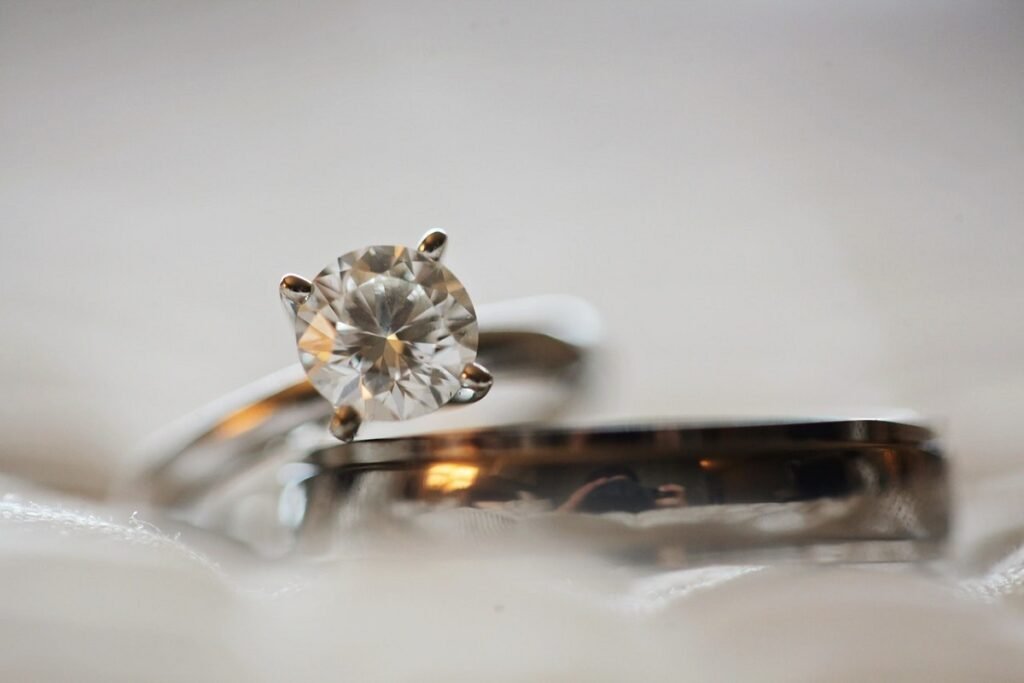
Poorly cut diamonds can result in misshapen facets, slightly odd angles, and off-center measurements. Since diamonds play heavily with light to unleash sparkle, poor symmetry can reduce brilliance and even amplify flawed outlines.
Polish
Do you know why it’s important to maintain your diamond’s integrity through regular cleaning? A diamond’s sparkle is only as good as an uncompromised table or surface. The manufacturing process of a diamond ends with proper polishing for a good finish.
Think of this as the barrier between light shining through the diamond and setting off its brilliance. With an unpolished barrier, it will likely prevent light from properly going into the diamond and passing through.
Your diamond has to be properly polished at the get-go. From there, it’s also the jewelry owner’s responsibility to keep the diamond clean as regularly as possible. Accumulated dirt and grime can affect the light penetration just as much.
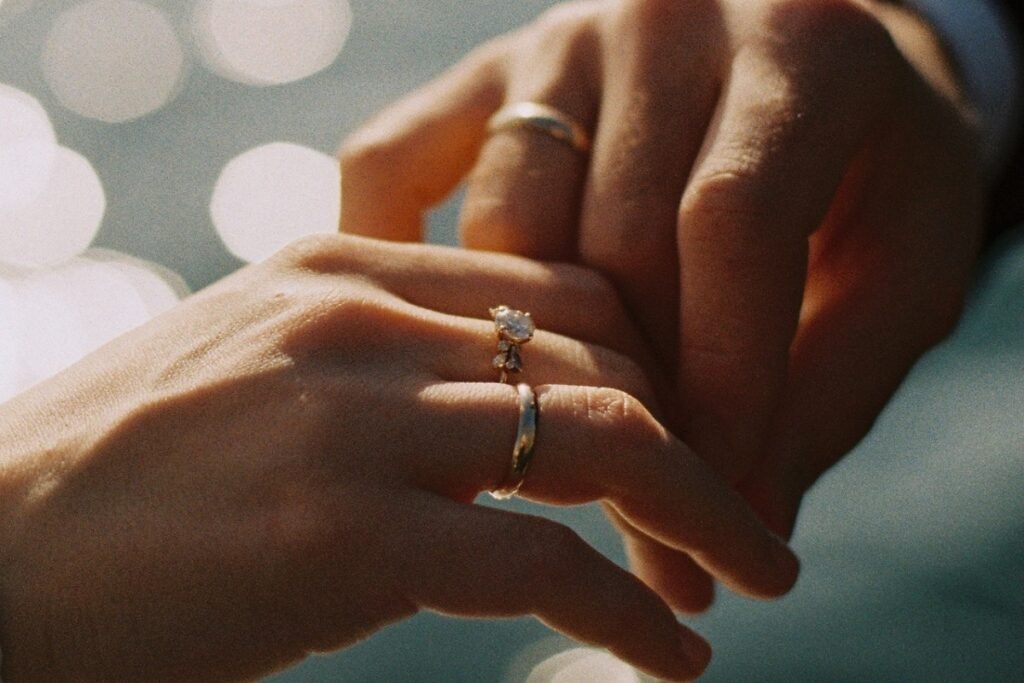
Fluorescence
Some characteristics are better known under certain equipment. For instance, other jewelers may also appraise diamonds via their fluorescence. To the naked eye, it may be hard to tell the difference in fluorescent quality between two diamonds. The fun starts when UV light hits the two diamonds.
Diamonds with high fluorescence tend to appear a glowing blue color under UV light. According to GIA, only 25% to 35% of all recorded diamonds will contain fluorescence of varying degrees. And while it does not reflect any grading qualities, fluorescence is identified as medium, strong, or very strong, depending on how much change color is emitted by the diamond when exposed to fluorescent lighting.
So what does fluorescence mean in 1 carat diamond weight in grams? This can be tricky, as it depends on the actual grade of the diamond. Experts state that diamonds of lower grade in color can be graded higher. This is due to the mix of the faint color yellow reacting to a strong blue fluorescence. Outside of UV light exposure, lower color grade diamonds with a higher fluorescent quality can appear to look better overall and get a higher price tag.
On the other hand, high-grade diamonds on the D to H grading scale with a high fluorescent rating may be priced less. The fluorescent quality makes the diamond appear less clear even in the absence of a lower clarity rating. And this inevitably can affect the rating and price tag.
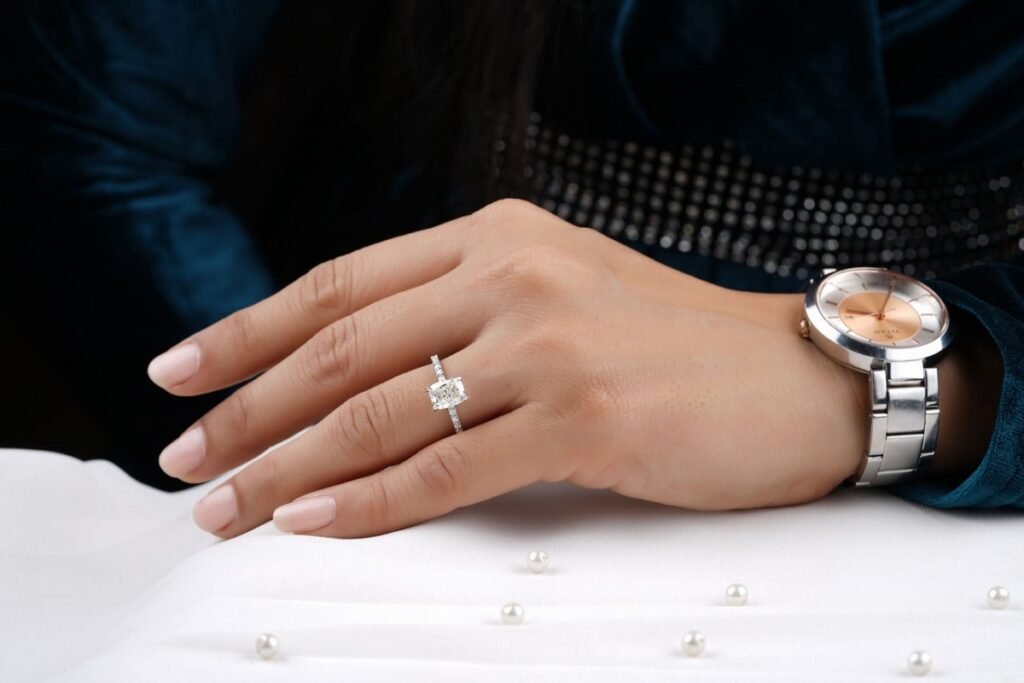
Shape
When it comes to the diamond’s shape, preference can be the biggest variant of all. Some jewelry buyers may be in search of a traditional diamond. This means anywhere between the round cut to the princess cut. Of course, some may also prefer the more unique cuts, like a heart-shaped diamond.
It’s almost hard to predict what kind of shape customers prefer as far as diamonds are concerned. Take for instance the round cut. Despite its popularity, it still fetches a fairly beefy price tag. In the same way, because heart-shaped diamonds tend to be difficult to find and to make, the price tag ranges in the higher end. This is even when demand may not be as strong.
The next time you’re buying a diamond, consider all of these factors so you can weigh your best options. Check out “Treated Diamonds: Are They Worth Your Money?” to know more about treated diamonds and if they can be your next buy.

